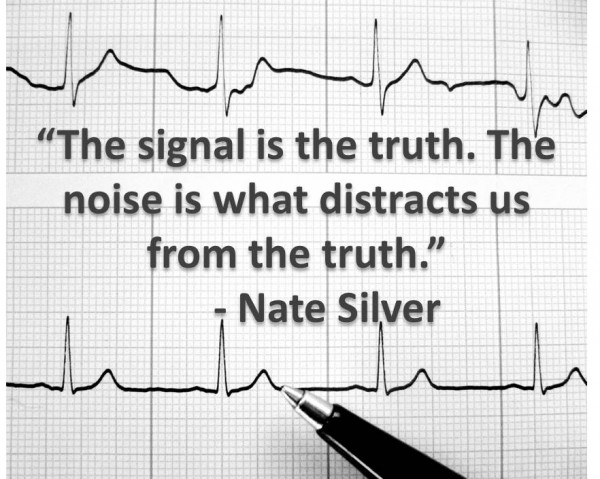Please, Use Rolling Averages When Tracking Your Metrics
It can help you filter out the noise and find true signals
In an ideal world, the actions you take directly affect your business metrics by either pushing them up or drawing them down.
You could then base your next action on this response in order to optimize your results.
However, in the real world, this almost never happens.
In the real world, metrics often move up and down by themselves due to external factors such as seasonality, major events, and factors that you cannot control.
For this reason, your metrics will almost always go up and down on a weekly and daily basis with little regard or relation to the actions you take.
To remove this unwanted noise and gain a real grasp of how your actions are affecting your metrics you should use a rolling average.
In fact, almost all time-series analyses done by professional data scientists use rolling averages to identify past trends in their data and predict what is going to happen in the future.
There are multiple ways of doing this but the easiest method is to average your metrics for the 4 weeks with week as a unit.
Sadly, computing a running average isn’t possible in many free analytics and dash boarding tools on the market so very often your best option is to manually pull your data and calculate it in excel.
While it may take more effort, tracking the rolling averages of your business metrics can help you reduce the risk of identifying false signals and drastically accelerate your business growth and analytical maturity.
Plus, using rolling averages can help you focus on the long-term impact of your advertising campaigns or business actions without losing sight of the short-term changes caused by those campaigns.
So, please use rolling averages when tracking your metrics. It’ll pay off.
Comments or Questions? Leave a message below.
Recommend this article if you like it!!!
If you are interested in more short-pieces like this, follow our publication @analytics-for-humans, or sign up for our email list through the button below.

